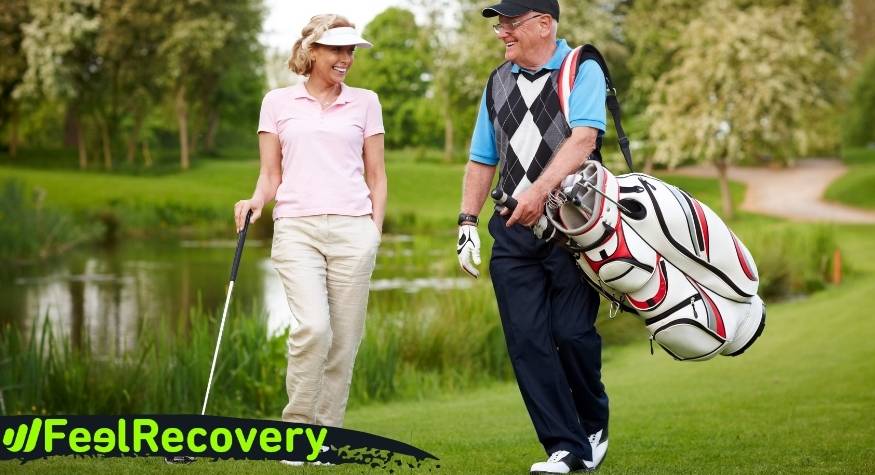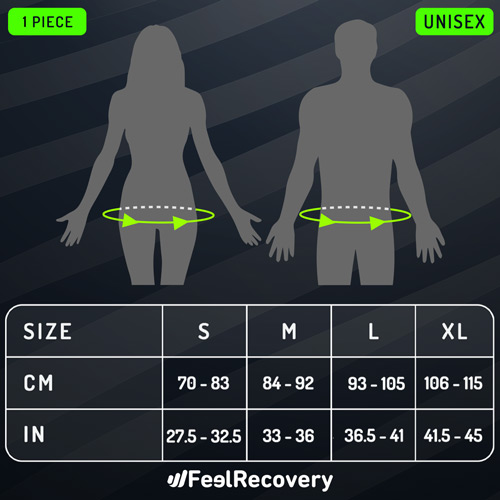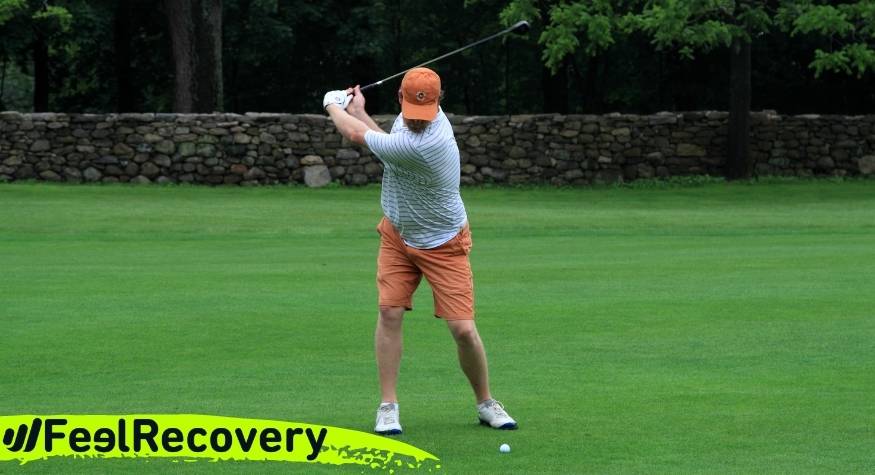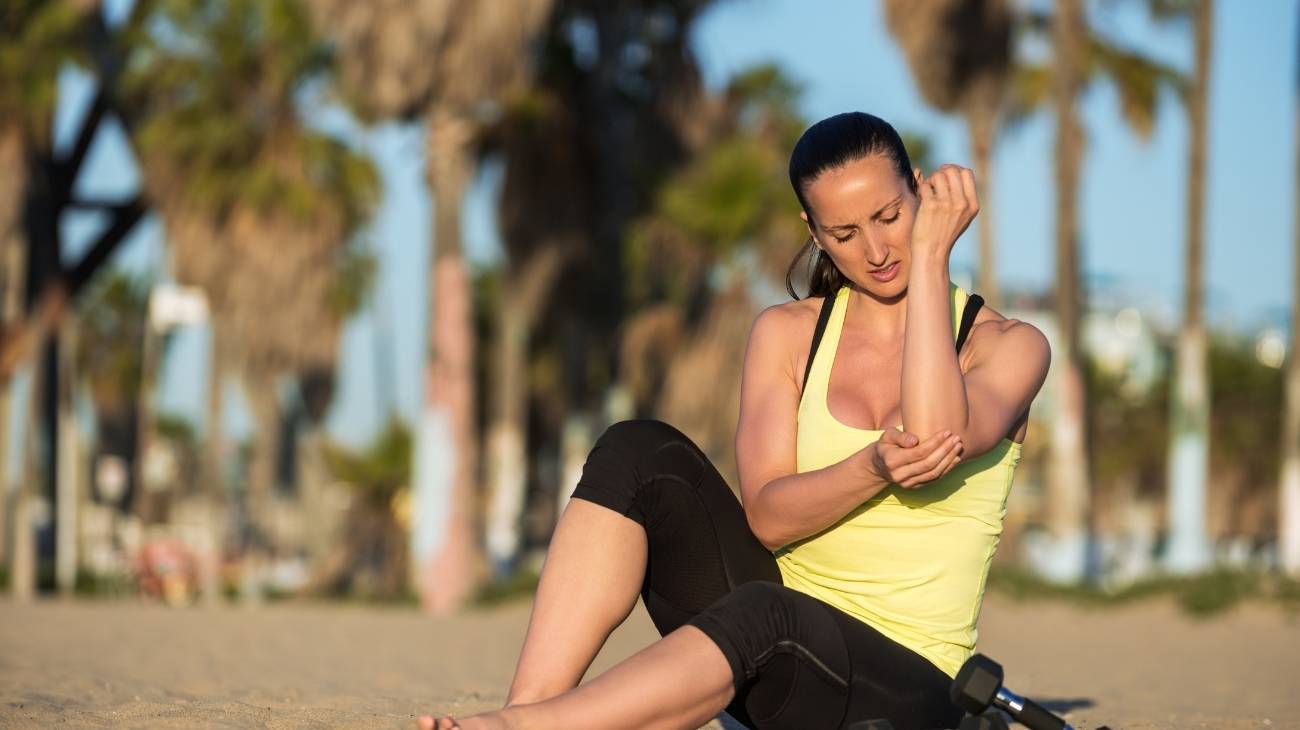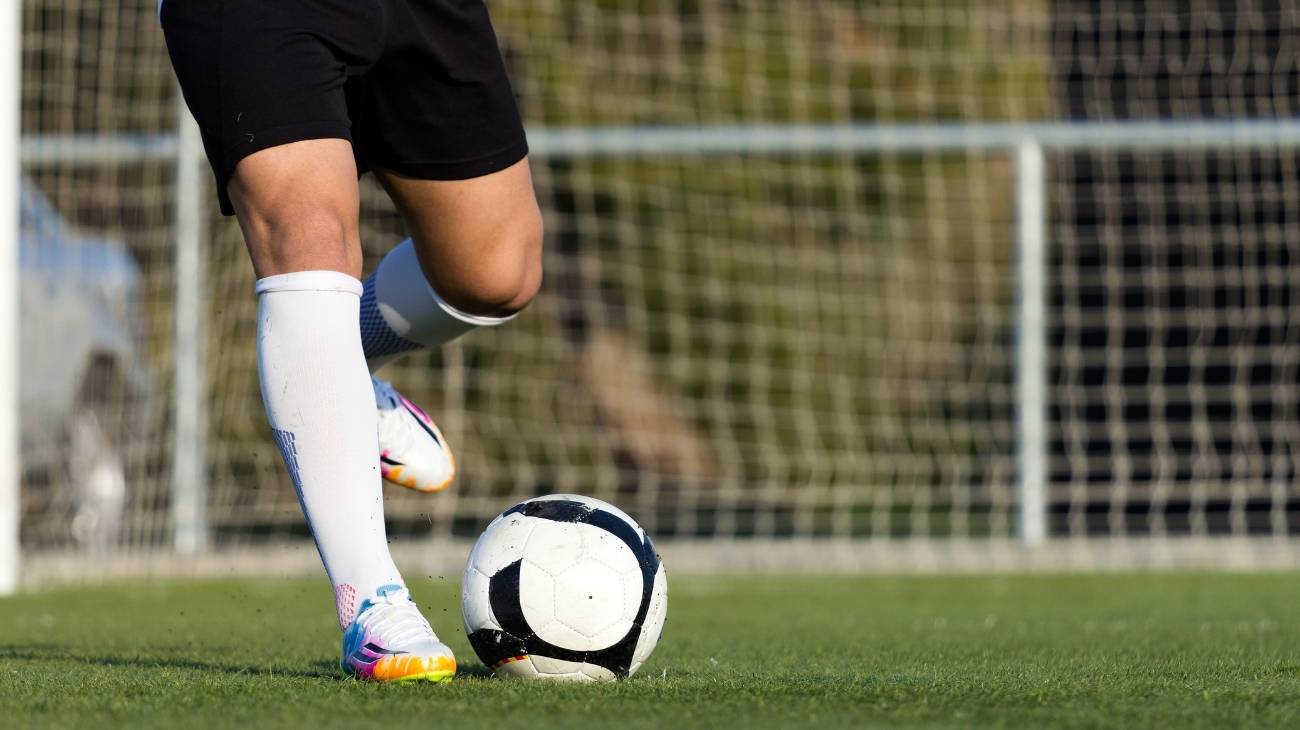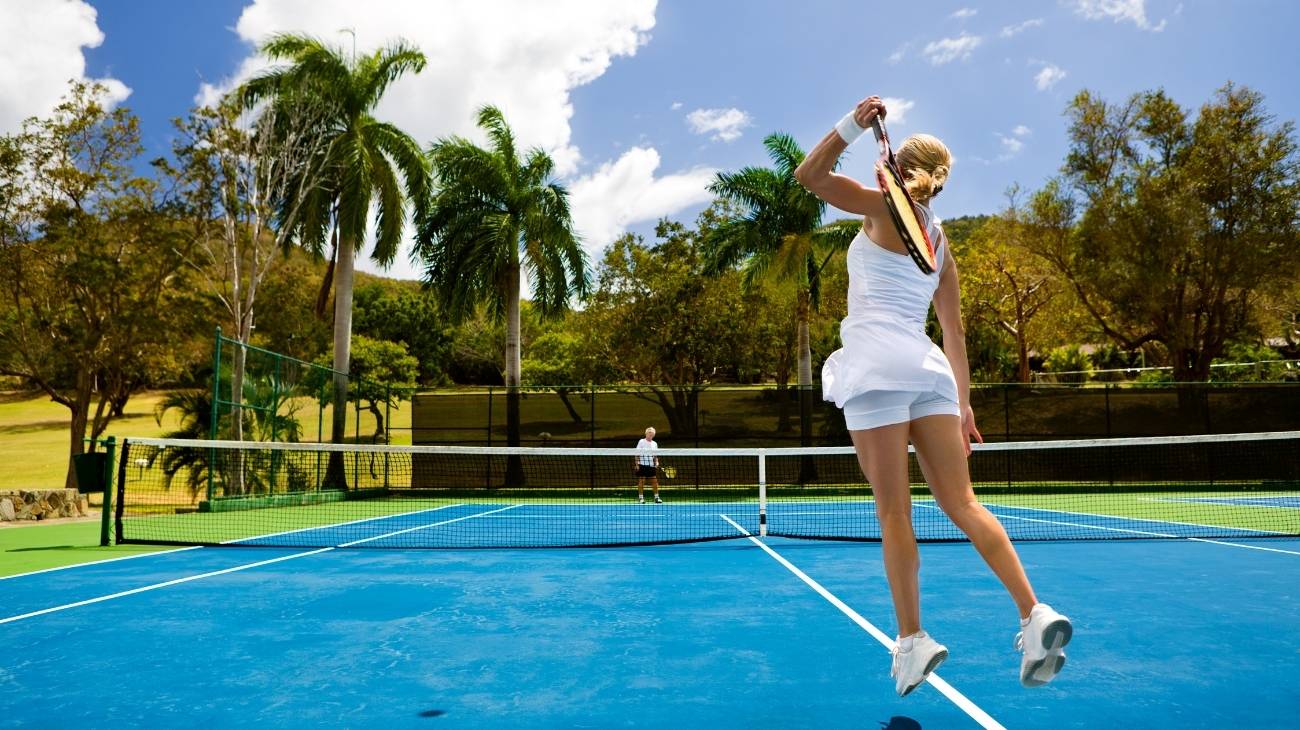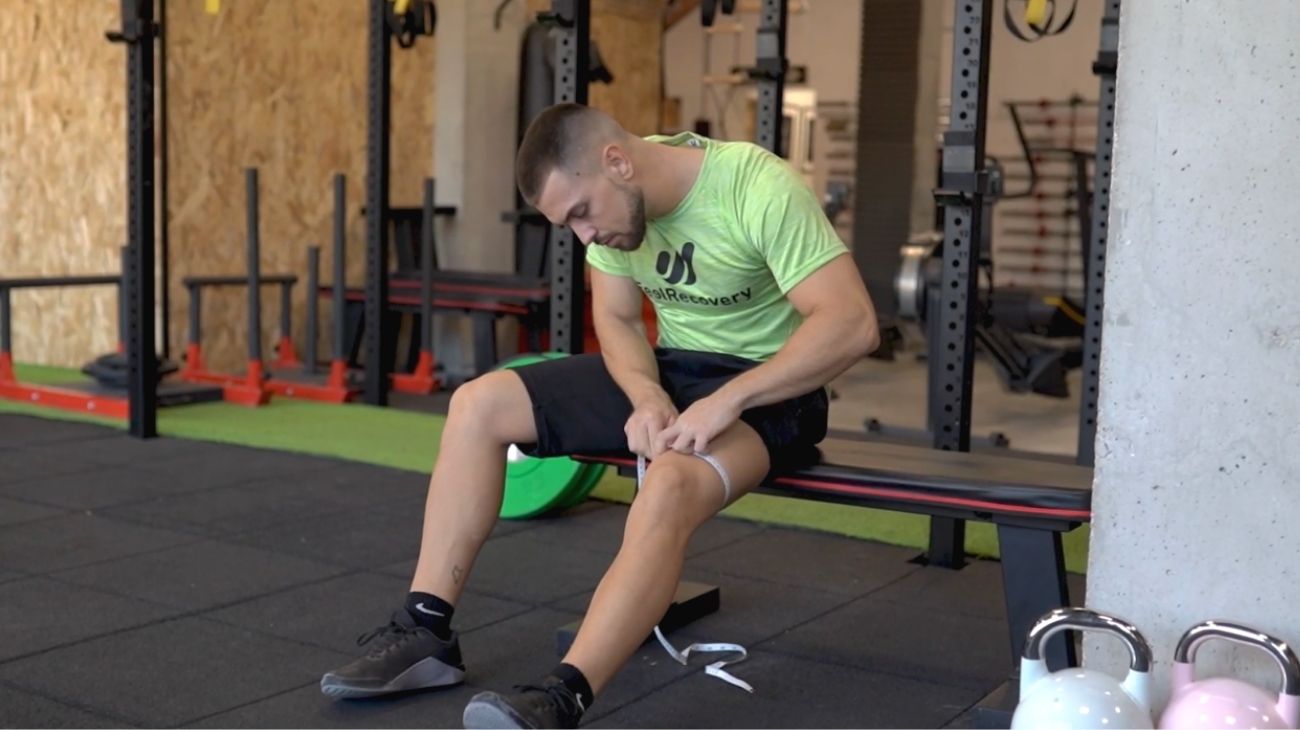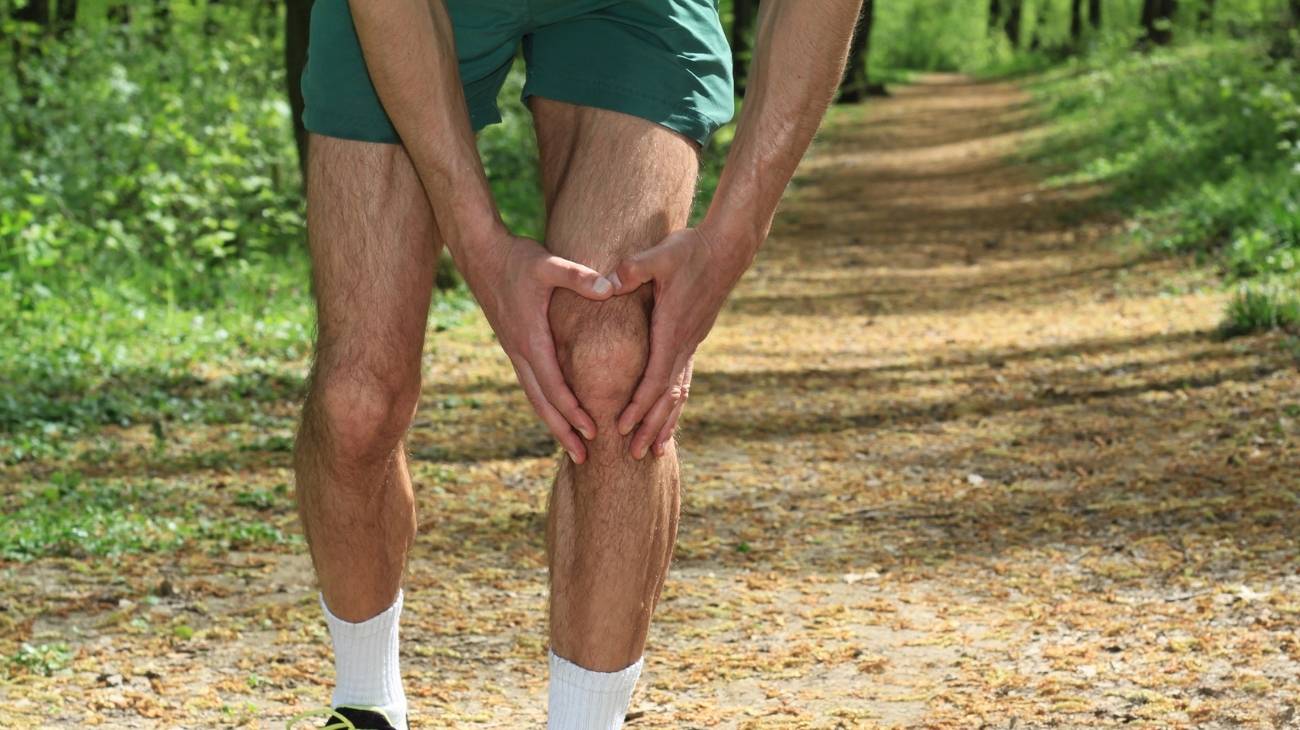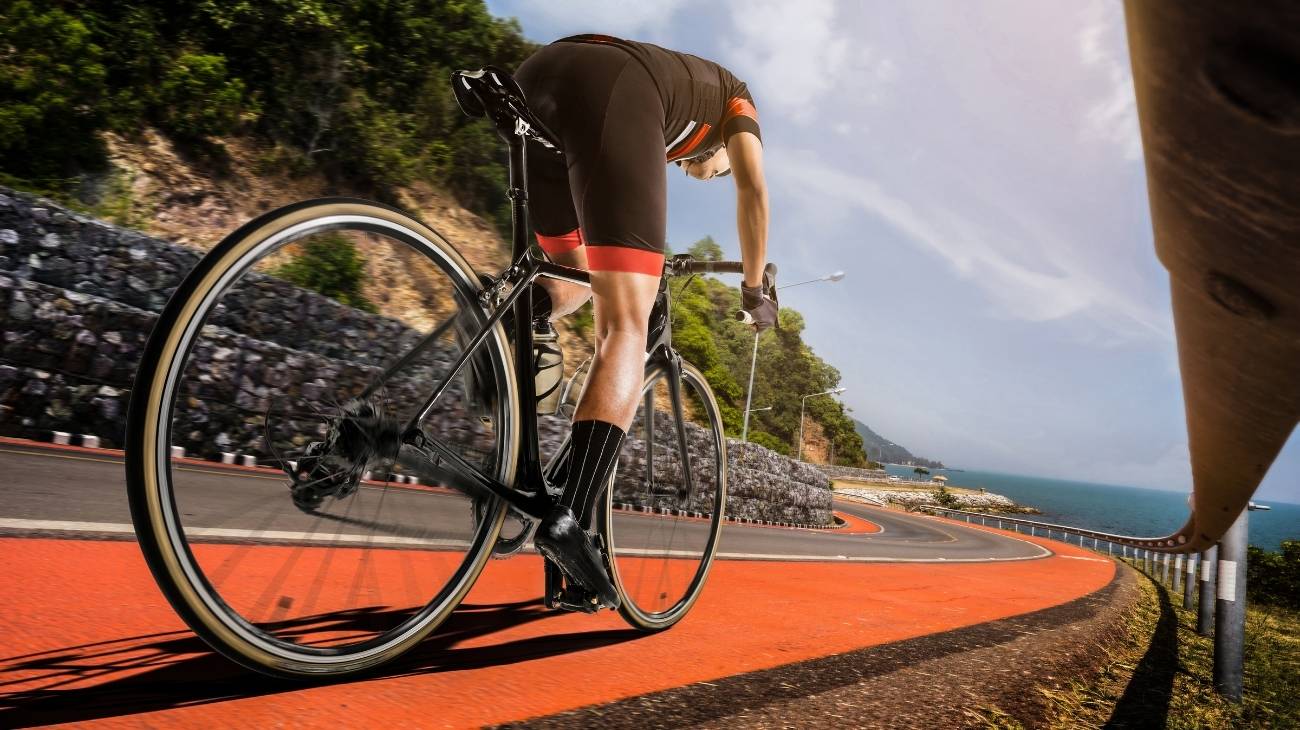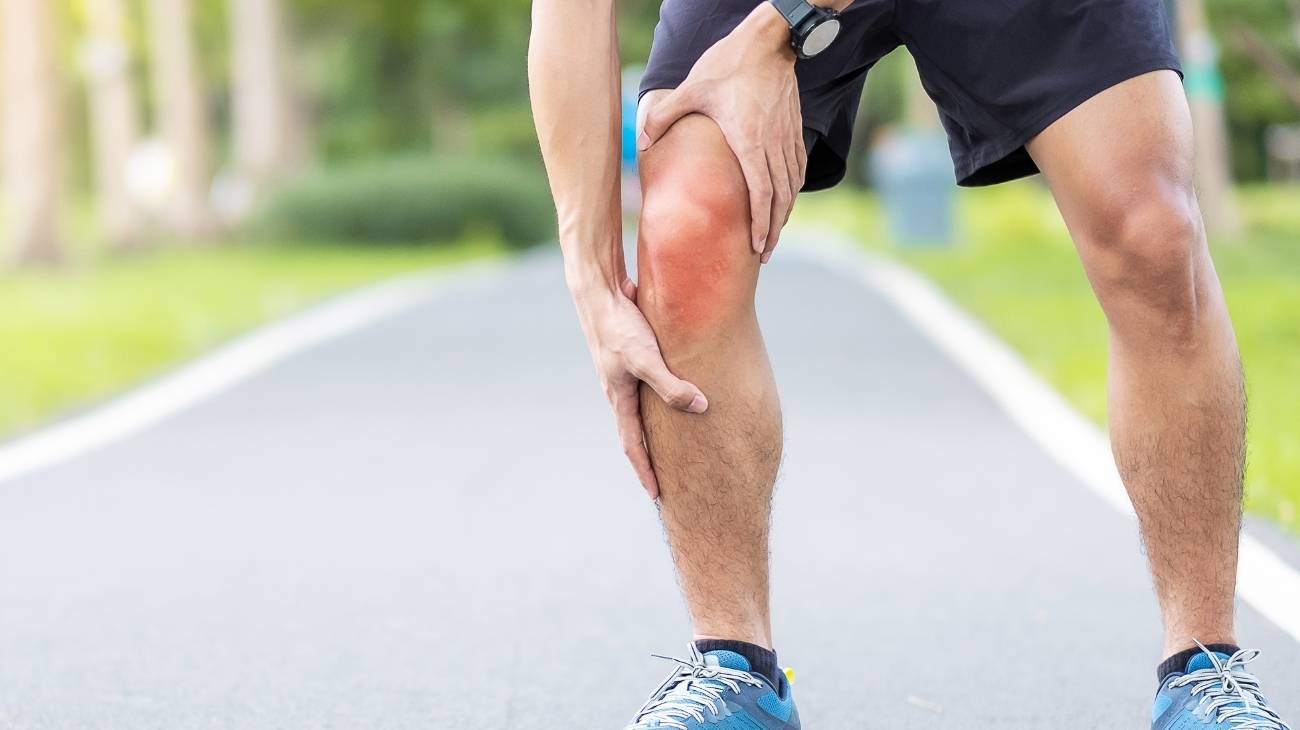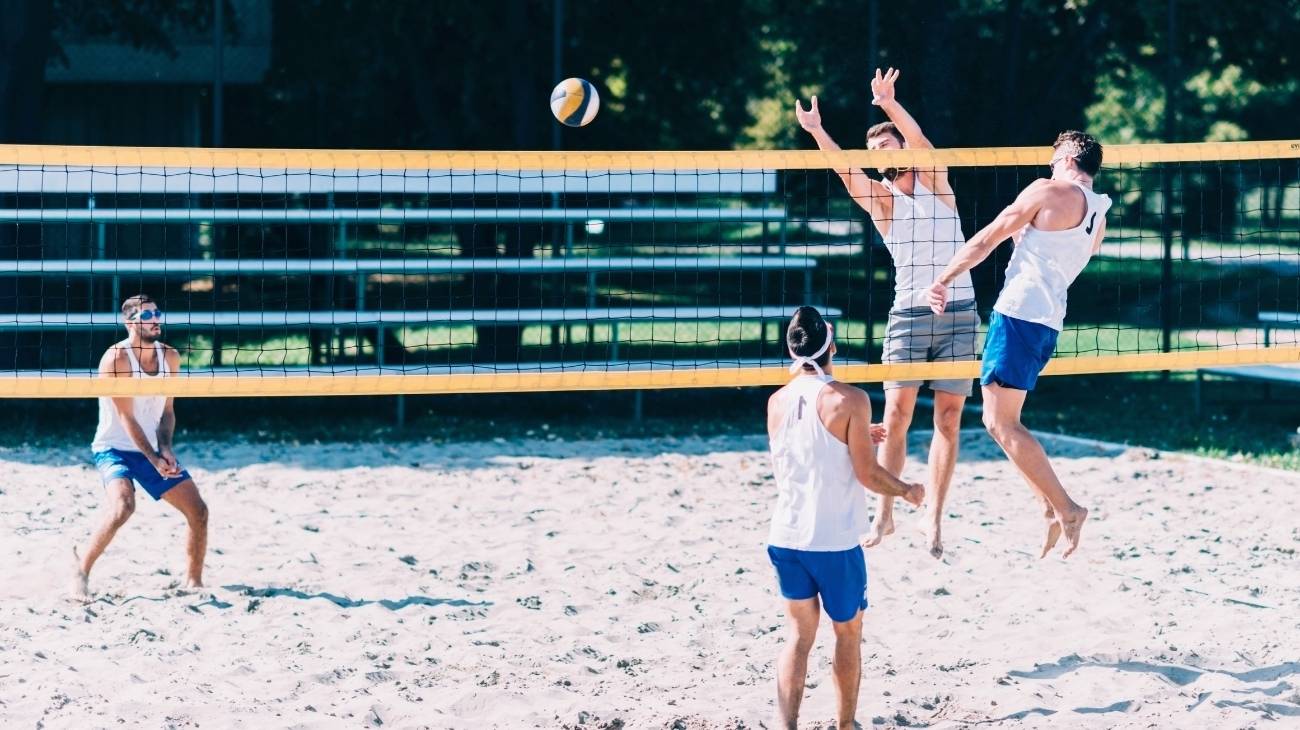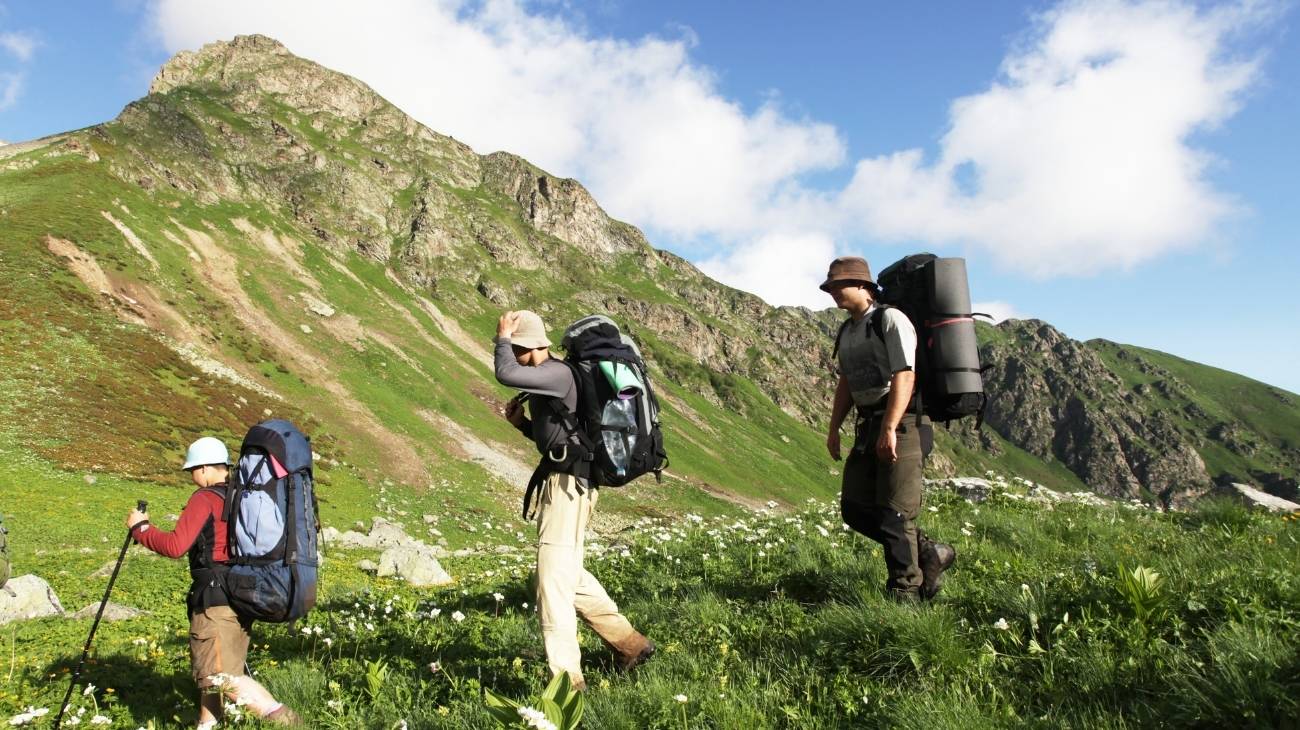Golf is considered a sport with a low risk of injury, unlike other sports. However, there are different movements, especially in the swing, which can compromise the health of our back due to the power and technique of this movement.
50% of golfers have been injured during sport, with the lumbar area being the most common in amateurs who do not use compression sports back braces. Here we will explain the most frequent traumas in golf, types of back supports, their characteristics and more.
What are the most common back injuries when playing golf?
The percentage of golf injuries in amateur players is increasing every year, due to the fact that they do not take preventive measures against injuries, and thus, enjoy the sport in a healthy way. The swing is the most used movement by every golfer in this discipline; a complex movement performed by every golfer that involves the feet, spine and neck.
In the following section we will be explaining in detail and explicitly, the most frequent injuries during the practice of golf:
Lumbar injuries
The lower back supports many of the organs in the body, yet despite its toughness and strength it is prone to injury, there is no single reason why this occurs. However, in the case of golf, it can be caused by performing the swing movement abruptly, at which point the vertebrae are subjected to a heavy load; this movement is repeated from start to finish and contributes to the progressive degeneration of the ligament.
It can also be caused by continually maintaining improper postures, such as leaning forward on the stand, or carrying a heavy bag of sticks on the back. Symptoms generally begin with severe pain that may extend to the upper thigh, tingling, shooting pain, partial loss of mobility in the lower extremities and weakness.
Lumbar overload
Overload is a contraction of muscles when they are exposed to excess weight. This injury is very common in the lumbar region, especially in people who are new to sports. Its main symptoms are pain and swelling, although it may also present with muscle spasms, stiffness and difficulty walking.
Golfers tend to suffer these traumas with great recurrence, as these practices are performed for hours, and often without taking a break, which leads to lumbar overload due to the repetitive and constant movements performed on the back, directly affecting the lower back.
Sacro-iliac joint
The sacroiliac joints are the strong ligamentous connection between the sacrum and the ilium, left and right joint. They often have limited mobility, also referred to as nutation and counter nutation. The problems that this part of the body can present in a person is joint inflammation, wear and tear, disorder and pain.
This injury can occur in golfers when making repetitive turns, always in the same direction, and with a lot of force or intensity, can unbalance the sacroiliacs. Bad movements and, without adequate protection, will produce an alteration of the joint, the result will be sacroiliac pain.
It should also be noted that activities on the golf course, such as leaning forward, lifting sports equipment, picking up the ball, decelerating or rotating sharply, can also lead to these complaints.
Spondylolisthesis
The bones of the vertebrae slide on top of the lower spine. If further slippage occurs, the bone would press on the nerve, leading to severe pain in the area. Golf is a common sport to see spondylolisthesis, as the spine is subjected to high loads causing injury to the vertebral arch.
General causes include congenital causes, as well as small fractures in the vertebrae, weakening the bone until it slips out of place. People after the age of 40 are prone to the condition, to the point where they can no longer resist movement in the vertebrae. There are usually no symptoms, but when it occurs, the person begins to feel pain in the back extending into the lower back, having the sensation of a pulled muscle.
Disc protrusion
The spine is made up of vertebrae and intervertebral discs. Their function is to act as cushions, thus preventing the vertebrae from rubbing against each other, supporting the weight and stabilising the spine. There are several causes of disc protrusion, including the ageing of the discs, intense sports and physically demanding activities.
In golf, it can be caused by the strong vibrations due to the blows made with the golf club, as these vibrations travel along the back and are a great disadvantage for the athlete. In addition, poor swing technique can also be an important factor in its cause. People with this injury may experience pain and muscle contractures in the lumbar or cervical area.
Bestseller
What type of sports back braces are best for golfers' injuries?
The motion of hitting the ball uses force on the last lumbar vertebra with the sacrum, which can be harmful. If you want to reduce the risk of injuries caused by golf, you should make use of sports compression back braces to avoid problems that endanger your spine.
Sports lumbar back brace
These are specifically designed to protect the lower back. They control or reduce tension in the muscles, joints and naturally assist bending and rotational movements, improving trunk stability.
In addition, lumbar supports are developed under medical compression standards that distribute abdominal pressure towards the diaphragm and below the pelvic floor, which gives greater support to the spine. On the other hand, if the back is showing symptoms of pain, the compression based support can alleviate this discomfort and aid recovery.
Orthopaedic back supports
They are designed to effectively correct the posture of the back in the event of lumbar problems, disc protrusion, lumbar muscle strain, acute and chronic pain affecting the spine. Thus, they contribute to support the position of the spine, reducing the necessary work of the musculature surrounding the joints. In addition, they are designed with neoprene and fastening systems for greater safety. Experts recommend in the case of disorders such as pain related to hernias, spondylosis and back problems. On the other hand, it helps to reduce rehabilitation time due to injuries when used correctly. Lumbar support also allows you to perform daily tasks, maximising back protection.
Training back braces
Training in the field often exceeds 4 hours of activity, so you need a compression garment for physical activity in the field. Sports back braces for golf practice give you extra support for your abdominal and lumbar muscles, and allow a good position. It also provides the necessary security in the back during your swings, whether you are a man or a woman. In addition, it helps to avoid overloading the lumbar area during the exercises, minimising the tension of the structures that generate pain in muscles, nerves, ligaments, as well as avoiding the wear and tear of the intervertebral discs.
Back braces
If you are starting to practice this sporting activity that promotes physical and mental health, whose main objective is to insert a small ball of about 46 mm in diameter in a hole. Then you cannot underestimate this discipline, whether you are a beginner or not, you need a back brace. This garment is made with the best materials and with the necessary support for the prevention of back injuries, as well as helping your recovery, it also stands out for relieving pain, maintaining a correct posture, good stability and relaxation of the musculature.
What features should you consider before choosing the best sports lumbar support for golf?
Having the right and complete equipment to play and practice golf is undoubtedly essential. But it's not just about choosing the right golf club to hit the ball and hit your best shot, it's about giving your spine the protection and comfort it needs to perform better on the golf course.
To enjoy golf and your health without being stopped by lumbar injuries, you have to be selective with the characteristics they have, and thus choose the best sports lumbar brace and practice this sport optimally.
According to their function
- Pain relief back brace: After a training session or match, your back may be sore due to sudden movements or overuse after so many hours of playing. The lumbar back brace eliminates or significantly reduces the discomfort you may be feeling in your back due to the therapeutic compression it provides and the heat that penetrates the muscles to relax them.
- Protective back support: Playing a sport with the certainty that you will not suffer pain or injury is the desire of every athlete. The compression garments that you can find here are specially designed so that the golfer has adequate protection for his back and avoid accidents in this area that can incapacitate you and take you away from the playing field.
- Sport back brace for better performance: Having a proper physical condition and a healthy back, are aspects that lead to better performance on the golf course, as there will be no factor (with respect to the individual person) that prevents good performance in golf. In addition, there are psychological studies that prove that, if the person has a support that helps to protect the joint, he/she will feel confident in every movement, and will improve his/her sporting performance.
- Stability back support: The compression and good support with which the sports belts are made, provide adequate stability to the back, but despite this, you can move comfortably and without interruption, while the joint is in a constant state of rest.
Material of manufacture
The materials used for the manufacture of sports belts have undergone a rigorous study to determine their advantages, disadvantages and possible combinations in the different variations of products, with the aim of offering the public quality sports equipment to improve performance, be comfortable, protected against shocks and injuries at all times.
Neoprene, nylon and elastic fabrics stand out in the back brace market for their comfort, protection and ability to absorb and direct moisture to the outside without deforming or tearing. They are also excellent thermal insulators that help maintain an optimal temperature regardless of weather conditions and facilitate the execution of golf.
For this reason, our sports compression garments use these materials to continue to create the best garment, which can be worn at all times, both sporting and everyday, without any discomfort in its use, nor in aesthetics.
Type of support
The support systems or fasteners are essential elements in all back supports. Thanks to this you can customise the level of compression with respect to the type of injury or discomfort, they will also help you to keep the device fixed in the right place and best of all, they do not generate load or reduce mobility, so you can carry out your activities without fear of injury.
Some of the support materials are:
- Velcro: It is a fastening system widely used in compressive garments for its versatility. It is very easy to use, comfortable and you will be able to exert a personalised pressure as you will tighten it according to what you need or want, as well as keeping the back support stable.
- Elastic straps: Elastic straps are used to provide greater compression on the back. They are comfortable and provide good support, preventing the back support from slipping or rotating.
Size
Knowing the correct size of a sports garment will help prevent many incidents. Comfort is important for any daily or physical activity, so wearing a sports back brace with the right size will help athletes to avoid discomfort, pain or injury, as well as facilitating the execution of movements.
The measuring process is quick and easy, you only need to have a measuring tape, which will pass around the waist and then write down the results, which you can compare with the table provided by the manufacturer, and thus obtain the ideal size of the sports back brace.
| SIZE | S | M | L | XL |
|---|---|---|---|---|
| CM | 70-83 | 84-92 | 93-105 | 106-115 |
| IN | 27.5-32.5 | 33-36 | 36.5-41 | 41.5-45 |
| WHERE TO MEASURE? | ||||
| The circumference of the widest area is measured: (*See image) Men: Waist Women: Hips *Note: If after measuring you are between two sizes, choose the larger size |
||||
Design
The design of a sports garment goes beyond aesthetics. Nowadays, you can appreciate exclusive, versatile and functional designs. Nowadays, sportsmen and women must wear back braces that protect them from back injuries.
For golf players, the use of appropriate clothing is important, and they are changing or evolving as time goes by. The use of these sports garments is one of the top priorities to play this sport safely. The design of our compression garments can be highlighted by their diversity of colours and textures, providing comfort and protection to the players.
Price
Compression sports back braces are one of the most widely used garments in any physical activity, becoming the most sought after. Unlike other garments, these offer durability, support, compression, unique and suitable models to keep your back stable and healthy. Certified by specialists and recommended by therapists and trainers.
Therefore, its cost is higher, but it is a necessary and prolonged investment, since its high quality fibres, guarantees the care that your back needs, something that other products of lower amounts will not be able to offer, because their materials and supports, will not be able to carry out these effects.
Do sports lumbar support garments for golfers really work?
Although golf is a low-impact sport, the reality is that a great deal of force is generated on the joints, mainly in the spinal region due to the main movement of the golfer, the swing. Therefore, sports back braces are the product you need to protect your back from any kind of injury.
These products have been used and recommended for many years by therapists, physical trainers and sports coaches, due to the compressive therapy it provides on the back, which generates: better blood circulation, pain relief, reduction of inflammation, prevents and improves injuries, provides better performance and more.
Undoubtedly, the compression sports back brace is the garment that every golfer needs to develop this sport in a safe, comfortable and much more efficient way, ensuring the health of your back, as it supports you in every movement, no matter how sudden it is.













